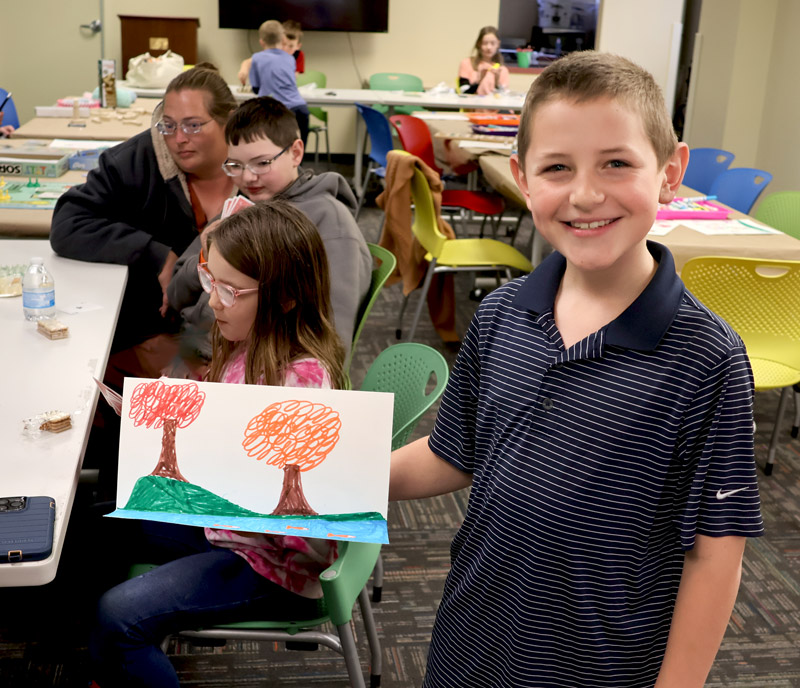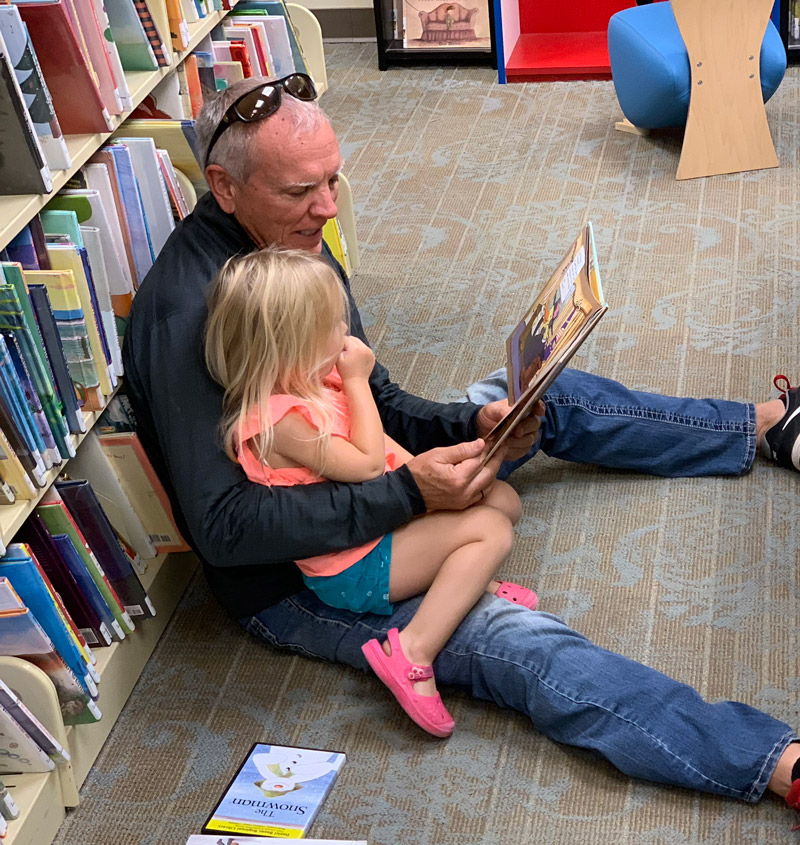 “Llama, Llama Red Pajama”
“Llama, Llama Red Pajama”
“The Very Hungry Caterpillar”
“Pete the Cat”
What comes to mind when you read these picture book titles?
Most of you are probably visualizing the illustrations in those books and the stories the pictures help describe. You are remembering what it was like learning to read!
Literacy begins with a baby’s earliest experiences with books. Snuggling with a little one and pointing out the pictures as you read along helps the child understand the words you’re reading.
Pictures have been a part of our desire for information since prehistory, when people made the famous cave paintings at Lascaux in Europe and the pictographs in ancient Iraq and Egypt. They can illustrate something concrete like an apple or inspire an emotion, memory or make us recall a well-known story such as a girl with long hair in a tower. Children often talk to themselves about what they are making while drawing pictures and adults often ask them what their pictures are about. These interactions nurture vital visual literacy skills which then make it easier for children as they learn to read.
“Art in Stories, Stories in Art” is a recurring program at the Columbia Public Library hosted by Mary Sandbothe of the Columbia Art League. We begin with a picture book, then follow with a craft project based on the story and illustrations. Mary emphasizes that, “Art-making and crafting foster creativity and expression while also helping develop communication and language skills.”
Starting with a work of art and encouraging children to tell their own story is another way to foster literacy skills. “Cypher,” by Albert Paley, is composed of two bright yellow sculptures outside the entrances to the Columbia Public Library. The artist was inspired by the history and implements of writing, but children have described it as an explosion of ketchup and mustard or a knight jousting.
 Encouraging children to see a story in visual art, helps them to understand the shapes of letters, words and text as they learn to read. Authors Martin Salisbury and Morag Styles (“Children’s Picture Books: The Art of Visual Storytelling”) write, “What most educators and psychologists do agree about is the huge potential of learning by looking.”
Encouraging children to see a story in visual art, helps them to understand the shapes of letters, words and text as they learn to read. Authors Martin Salisbury and Morag Styles (“Children’s Picture Books: The Art of Visual Storytelling”) write, “What most educators and psychologists do agree about is the huge potential of learning by looking.”
Illustrations in books can help young children understand ideas or feelings in ways they could not have otherwise. Graphic novels combine text
and illustrations that encourage emerging readers to understand a story a little faster. For older children and adults illustrations, add extra elements and layers of information to the text.
Our world is increasingly visual and demanding, but even on a busy day, whether looking at an exhibit or reading a picture book with a child, art can add dimension and deepen our reading experience.
